The A thru Z of Playground Safety
A) All children have the right to play.
Children, like adults, have certain rights. Among these are the universal rights to safe play spaces. It is an adult responsibility to ensure that these rights extend to all children regardless of race, color, creed, economic status or disability.
B) Bigger is not necessarily better.
Providing quality play space is not necessarily a function of size. Rather, it should be based on providing a variety of play experiences within any play environment. Many times, large play structures can overwhelm children rather than contribute to their overall play experience.
C) Create the play environment for children, not adults.
Too often we design play areas that are aesthetically pleasing to the adult’s eye rather than the play function of the child. The slide surrounded by concrete coming out of a fantasy make-believe birthday cake may win architectural awards but it does little to promote the safety of the play space or the creativity of children’s play.
D) Design playgrounds for the developmental abilities of children.
A three-year-old is not an eight-year-old in terms of physical, emotional social or intellectual abilities. That is why playgrounds should at the minimum be designed for ages 2 to 5 and 5 to 12. When children play on playgrounds that are not appropriate for their developmental abilities, they are put at risk for serious injuries.
E) Equipment needs to be maintained.
It is important to have a comprehensive maintenance policy based on the company’s written instructions. Abide by the policy and update it on a regular basis.
F) Form follows function.
First, ask what is the function of the playground; then match equipment needs to those objectives that you wish to achieve. For instance, if you want to promote cooperation in the play area, then select equipment that will meet this objective.
Choosing equipment out of a catalog before asking what is it that I would like children to be able to do in the play space is putting the cart before the horse.
G) Gaps on playground structures can cause strangulation.
On average, 17 children die each year on playgrounds. The majority of these deaths are the result of strangulation. Make sure that playground structures do not contain gaps where children’s clothing or bodies can get caught.
H) Height does increase the probability of injury.
The higher the equipment, the harder the fall to the surface will be. The height of the equipment is an important key in injury prevention. We suggest that the height of school-age equipment be no taller than eight feet; the height for pre-school equipment be no taller than six feet.
I) Individualize playgrounds for your agency.
Consider the purpose of the playground and the kind of use it will receive. Make the playground reflect that purpose. For example, at schools, consider ways curricular concepts that you think are important can be employed on a playground. Avoid cookie-cutter playgrounds.
J) Judge the performance of surfacing.
Over a period of time, check the way the surfacing holds up. Notice what deteriorates and why. Use that observation when considering the purchase of new surfacing. Consider the effect of weather on its longevity.
K) Keep records of injuries and their causes
Take pictures of equipment so kids can point to the pieces on which they were injured. Determine the cause of the injury. Was it related to (1) the equipment, (2) the surfacing, (3) interaction with other kids (4) or a combination of those factors?
L) Look up and around the playground for possible hazards.
Tree limbs and overhead power lines can create hazardous situations for children. There should be no power lines over the play structure. Tree limbs should be trimmed to a minimum height of seven feet over any play platform. Check tree limbs often to ensure that they have not snapped during a storm and are waiting to fall down on the play environment or people.
M) Measure the depths of loose-fill surfacing on a regular basis.
The number of children and the amount of time they use the area determines the frequency of measurement. Places of high use such as underneath overhead leaders, under and around swings and at the end of slides should be checked on a regular basis. Replenish these areas frequently to maintain the safety cushion needed to absorb falls.
N) Notice ways children use equipment.
Take time to watch them on a regular basis. Keep notes of your observations. Use them to teach children how to use equipment and to suggest to manufacturers other items that need to be created.
O) Observe the installation process while it is in process.
Be sure that all equipment and surfacing is installed properly. Measure the use zones. As well as the spaces on the equipment to be sure they are less than three and a half inches and greater than nine. Check distances and spaces after the installation is completed as well.
P) Place moving equipment on the perimeter of the playground.
Be careful in the placement of equipment to ensure that the traffic patterns of children allow them to get on and off equipment safely. Do not place swings opposite of slide chutes since the movement of children in these areas may conflict.
Q) Question sales representatives about the safety record of their products.
Ask questions before you buy any product. Make sure that all the products conform to the ASTM standards and CPSC guidelines. Contact others who have purchased those products for the same information. Ask what follow-up service the company will provide should a problem develop.
R) Repair and/or replace equipment in a timely manner.
Broken equipment or those pieces with missing parts represent accidents waiting to happen. There should be a systematic reporting and repair system in place to ensure that children are not put at risk. Make sure to discard the old equipment if new equipment is purchased.
S) Supervise children in the play environment.
Equipment will not supervise children, caring adults do. Adults need to accompany children to the playground and watch them. They should intercede only when safety is in question.
T) Take children to safe playgrounds.
Teach adults to look for safe playgrounds. If the playground is not safe, go to another one. Report safety concerns to the administrator responsible for the unsafe playground. Take on the responsibility of helping to make playgrounds safe for your children and others in the community.
U) Understand the Consumer Product Safety Commission (CPSC) guidelines.
Make sure you have a current copy of the CPSC guidelines. Just as important, take time to review and understand how the guidelines affect your playgrounds. When you look for new equipment be sure that the product you purchase complies with CPSC and the American Society for Testing and Materials (ASTM) Standards for equipment and for surfacing.
V) Value children and their play.
If we truly value children as our nation’s most important resource, then we should strive to provide them with play environments that enhance their abilities to develop into productive citizens. Play is child’s work. Let us provide meaningful play environments for all children.
W) When in doubt, call the National Program for Playground Safety.
The National Program for Playground Safety is a neutral nonprofit national clearinghouse for playground safety information. They answer questions on their technical hotline (800-554-Play) Monday through Friday 8 a.m. – 5 p.m. (CST). Assistance is also available on the NPPS website: www.playgroundsafety.org.
X) X-pect all children to have safe playgrounds.
Children expect to be safe in their play environments and so should you. By following the suggestions in letters A through W, you can help make America’s playgrounds safe.
Y) You are an important part of playground safety.
Your voice is needed to advocate for the importance of children’s safe play environments. Get involved at the local, state and national levels to help ensure that children have safe places to play.
Z) Zone areas for play.
Make sure that different activities are in different play zones. Don’t mix passive and active activities in the same area. Zoning activities appropriately will minimize conflicts.
We hope that this listing will help reinforce the need to help promote playground safety and reduce injuries. Working together, we can help make America’s playgrounds safe.
Authors:
Donna Thompson, Ph.D., Director; Susan Hudson, Ph.D., Education Director; Heather Olsen, M.A. All three represent the National Program for Playground Safety, University of Northern Iowa, School of HPELS, Cedar Falls, Iowa.

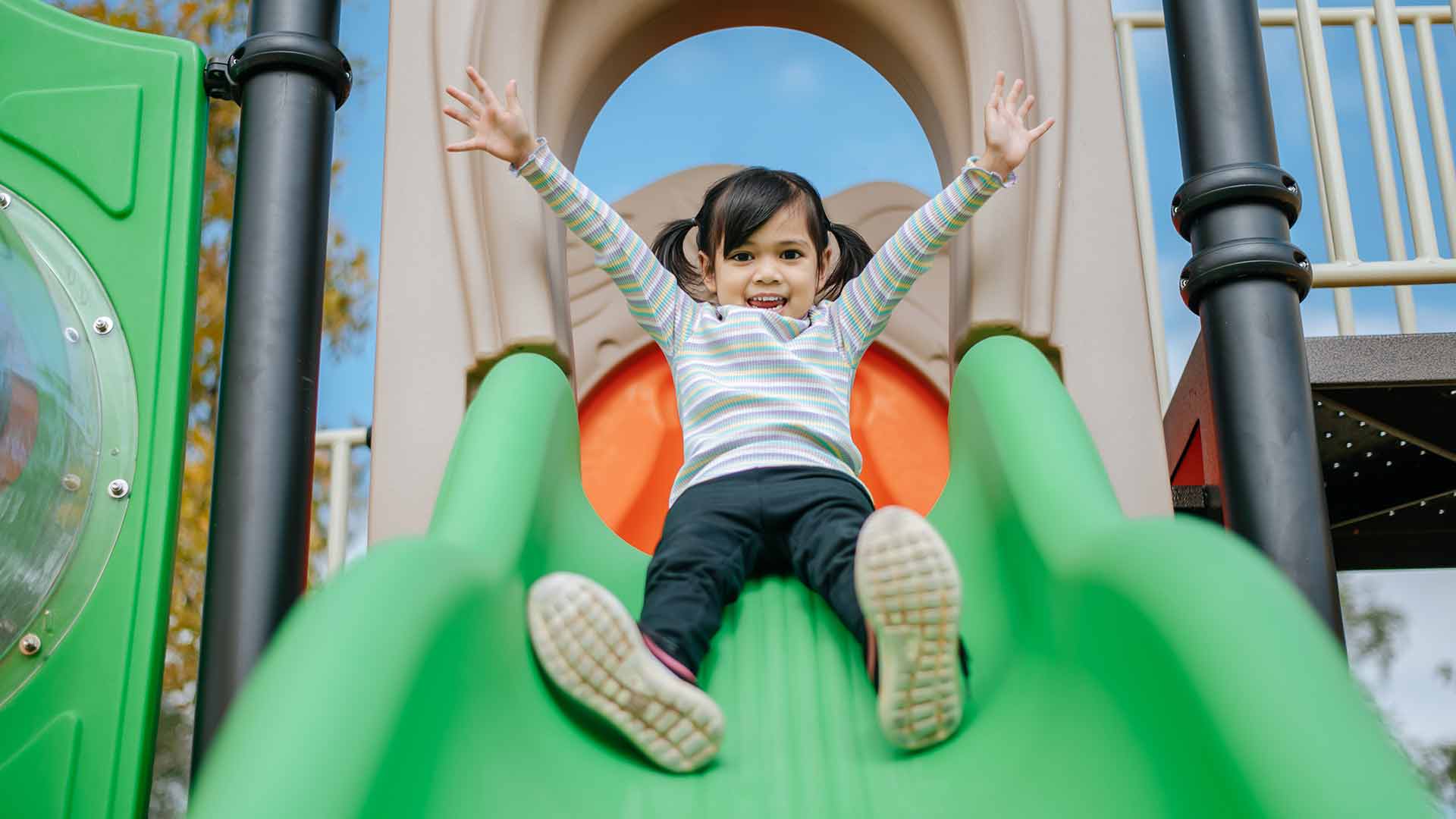
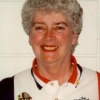
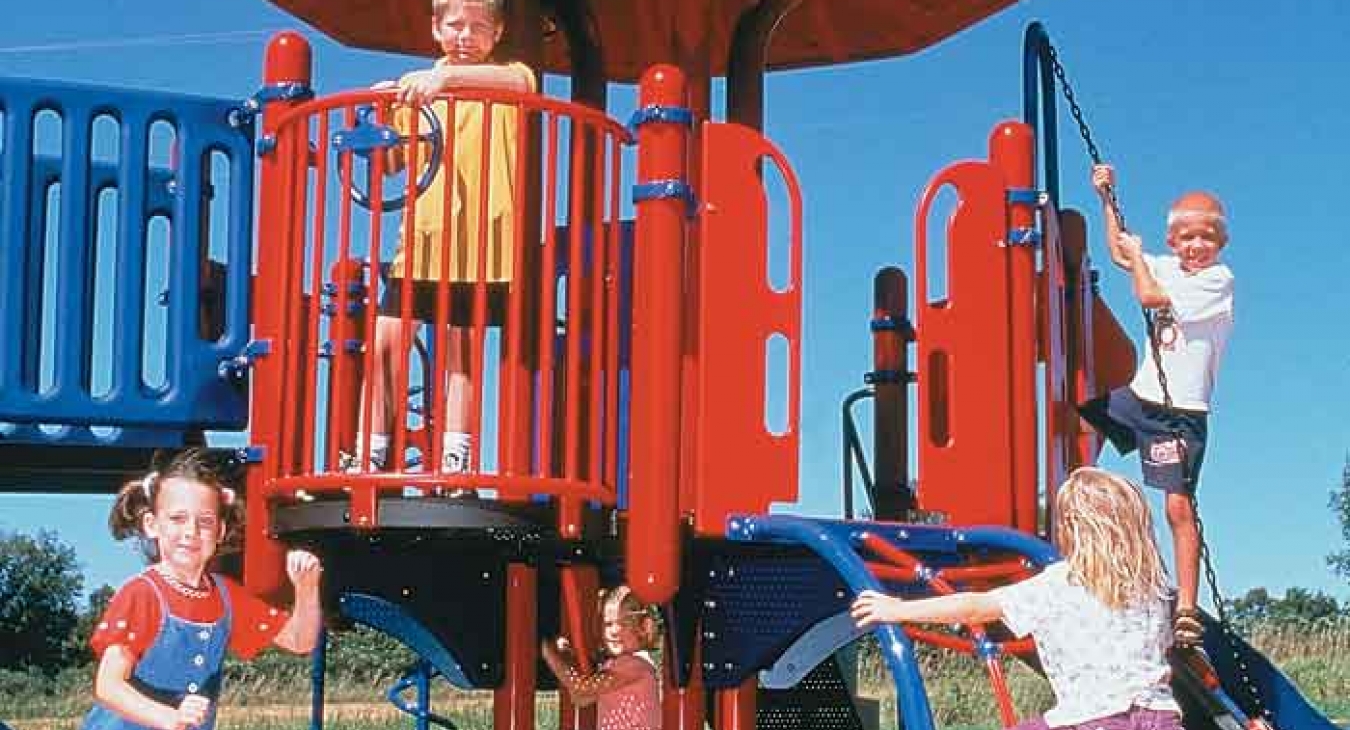
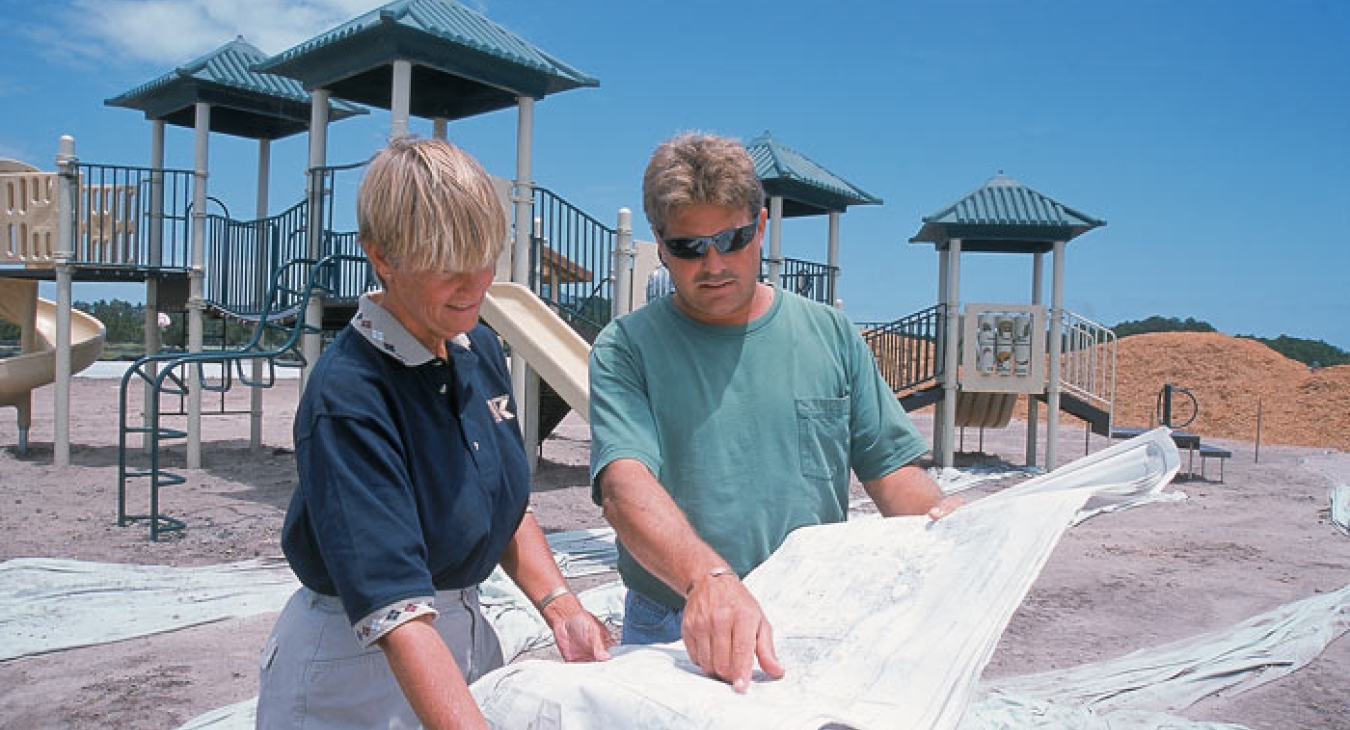
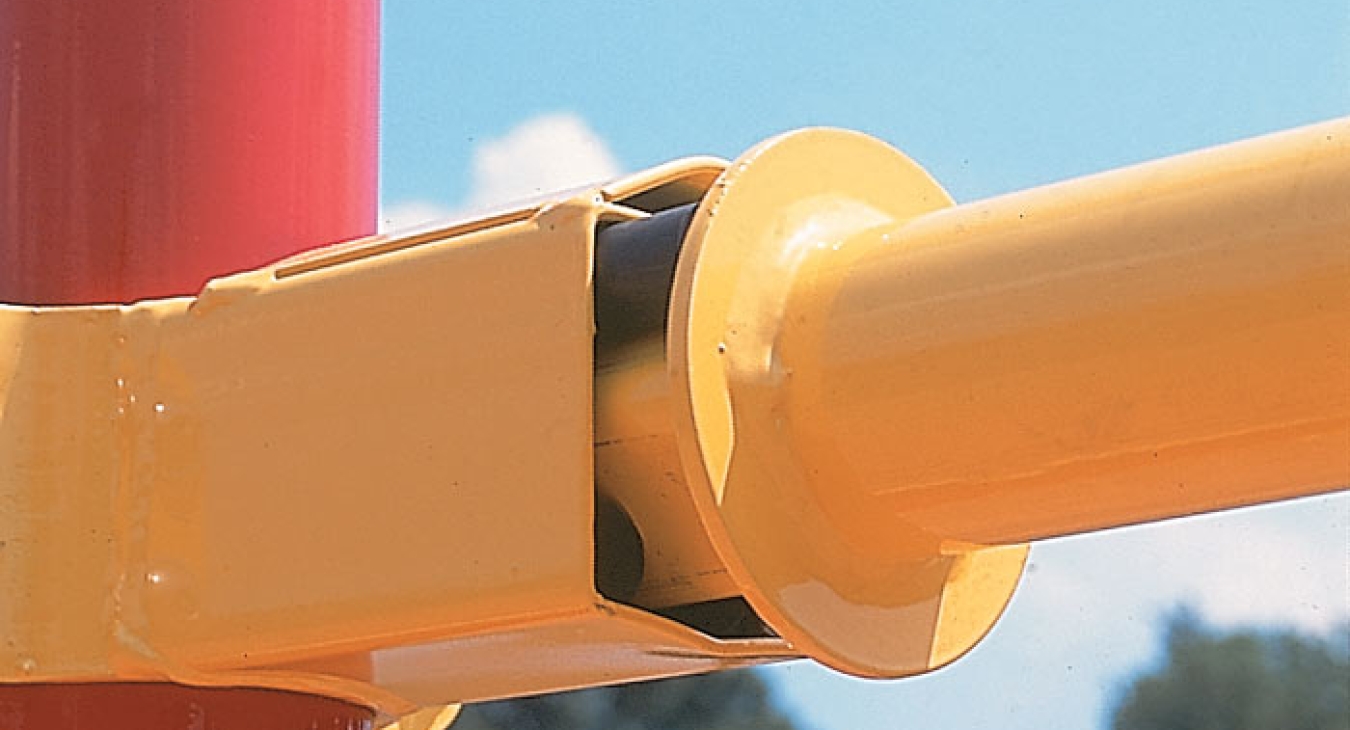

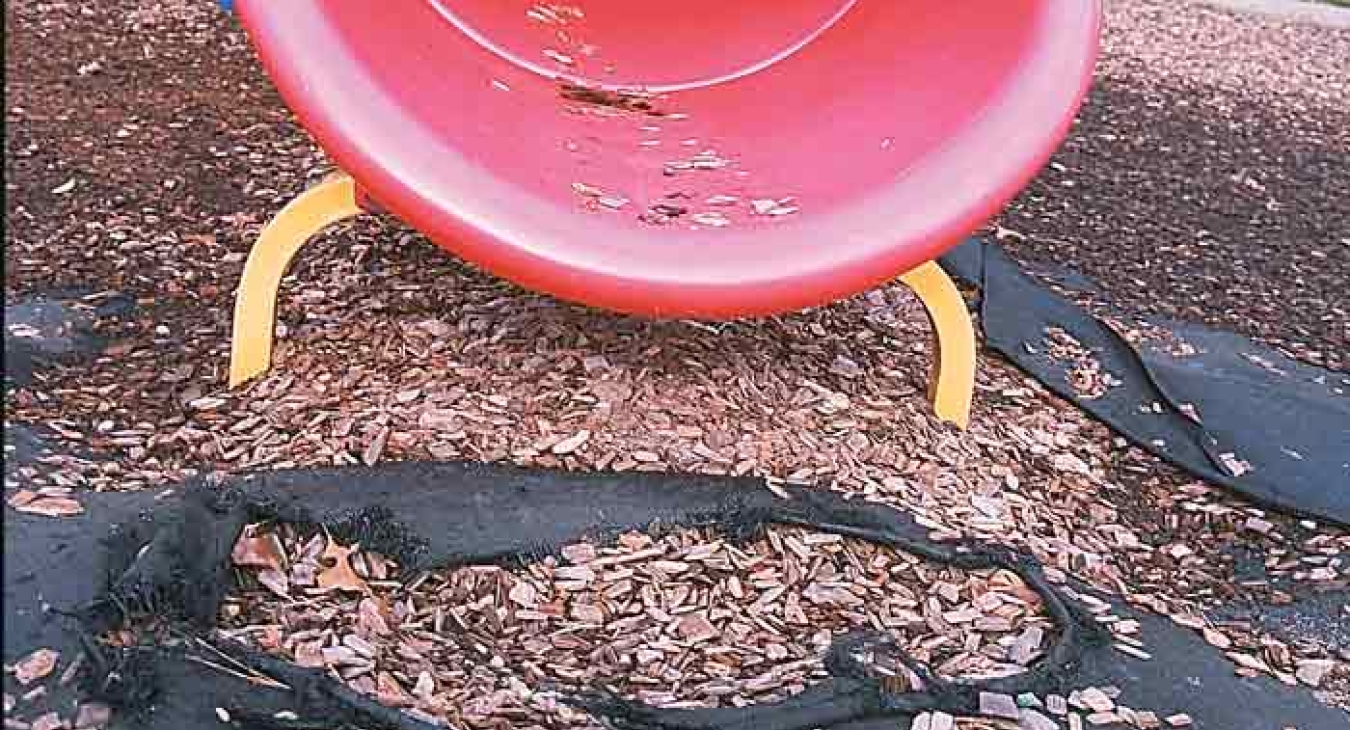
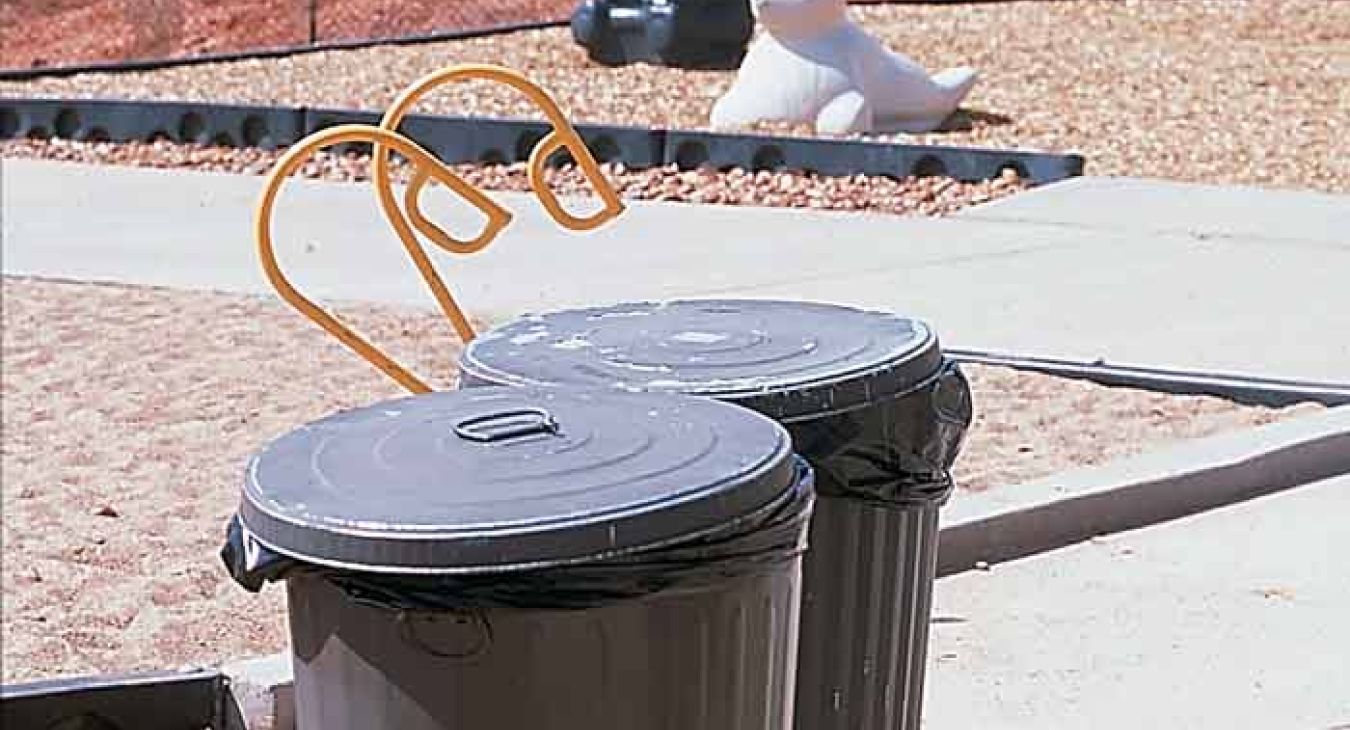
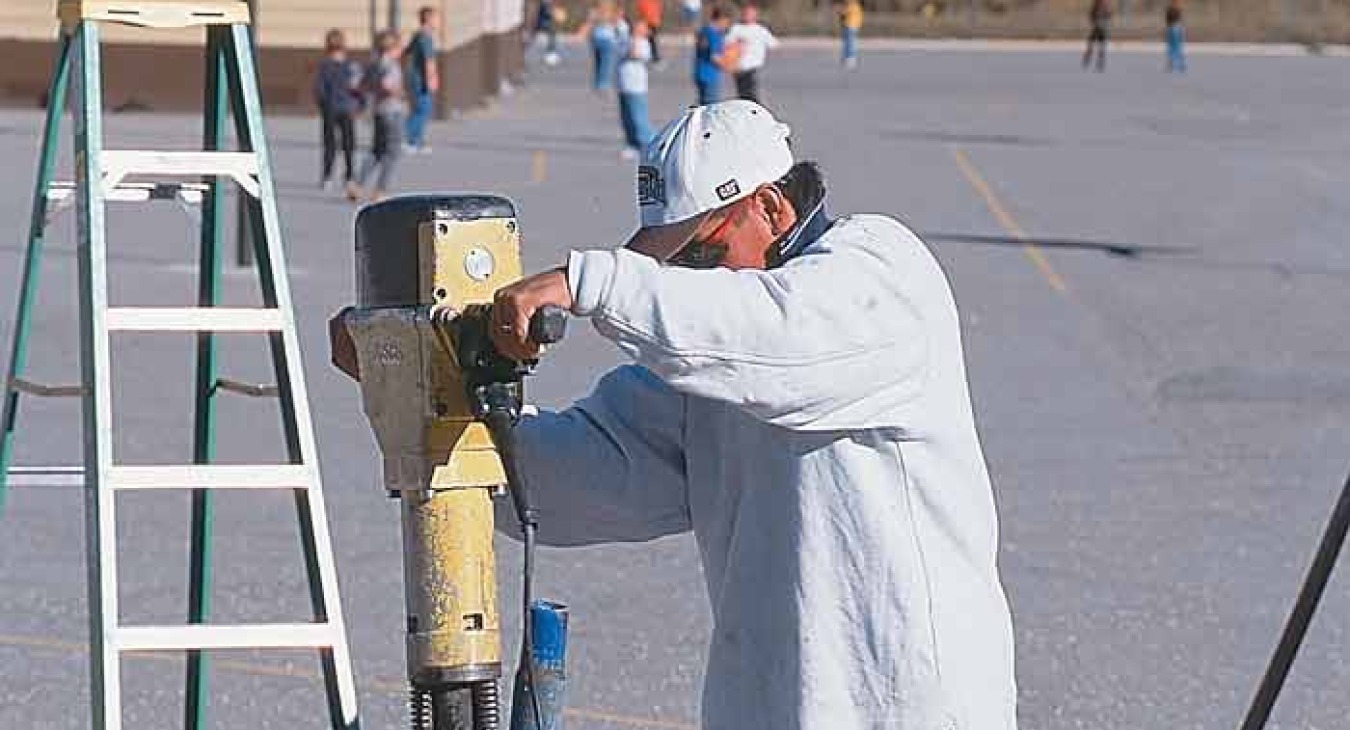

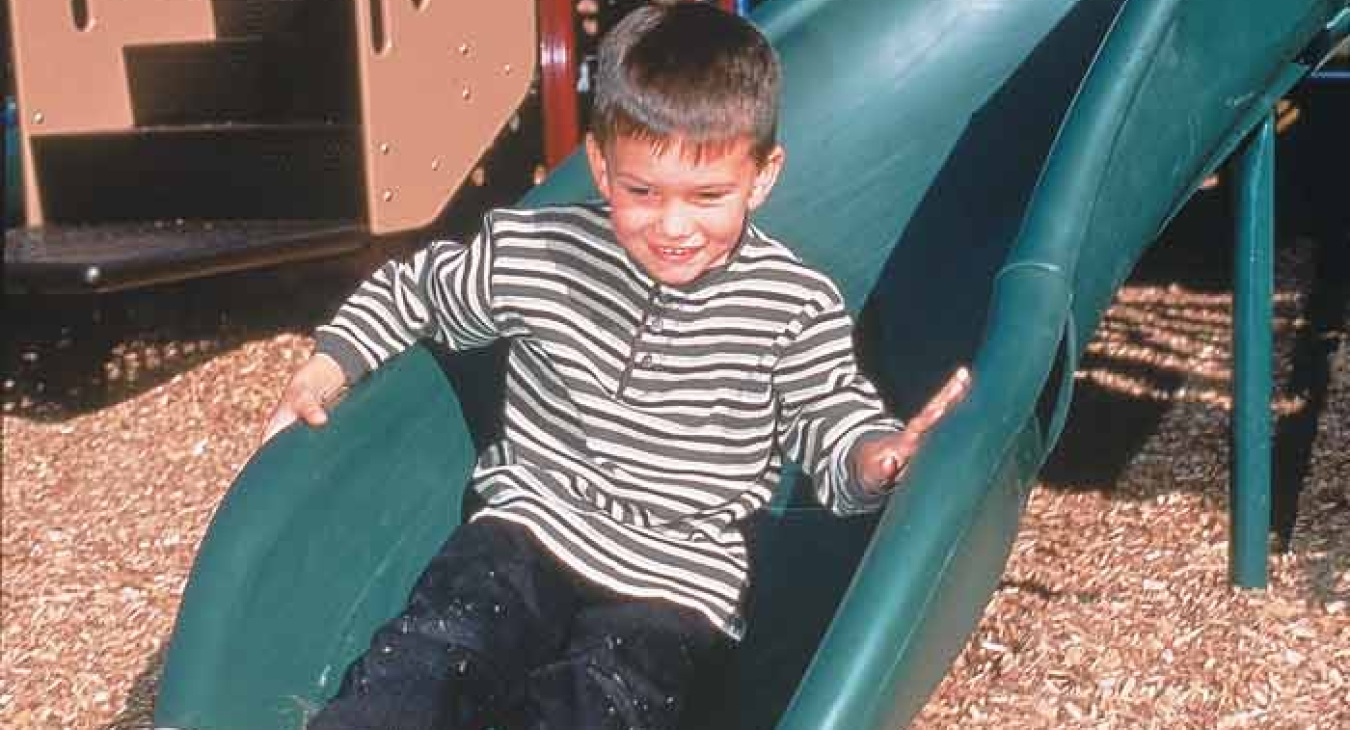

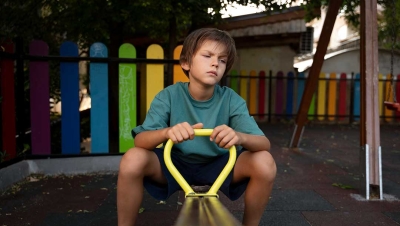








Add new comment